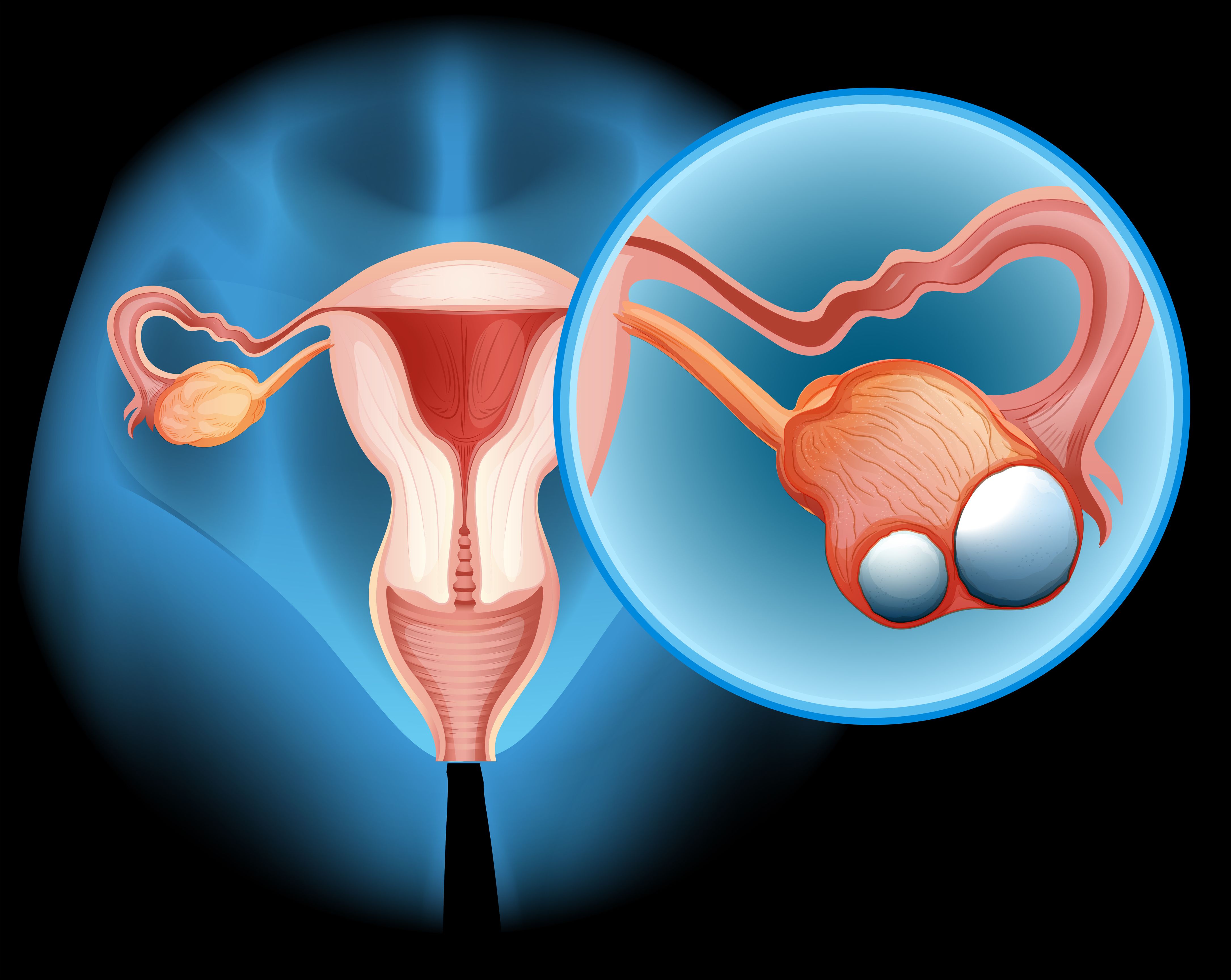Benefit of Maintenance Rucaparib in Ovarian Cancer Seen Across Subgroups
Maintenance rucaparib (Rubraca) induced a progression-free survival (PFS) improvement in patients with newly diagnosed ovarian cancer compared with placebo, which was also seen across all prespecified subgroups.

Maintenance rucaparib (Rubraca) induced a progression-free survival (PFS) improvement in patients with newly diagnosed ovarian cancer compared with placebo, which was also seen across all prespecified subgroups.
Results from the phase 3 ATHENA–MONO study (NCT03522246) study, which were presented at the 2022 European Society for Medical Oncology, indicated that in patients who had an R0 surgical resection and were homologous recombination deficient (HRD), the median PFS was not reached (NR; 95% CI, 28.7-NR) following treatment with rucaparib compared with 22.1 months (95% CI, 9.2-NR; HR, 0.52; 95% CI, 0.30-0.92); in the intent-to-treat (ITT) population, the median PFS was 25.1 months (95% CI, 18.6-31.3) and 12.0 (95% CI, 9.1-20.1), respectively (HR, 0.60; 95% CI, 0.43-0.84).
Among patients who didn’t have an R0 resection and were HRD positive, the median PFS was 20.3 months (95% CI, 13.9-25.8) and 9.1 months (95% CI, 3.5-9.2; HR, 0.29; 95% CI, 0.15-0.56) among those treated with rucaparib and placebo, respectively. Additionally, in the ITT group, the median PFS was 13.9 months (95% CI, 10.3-17.8) and 6.4 months (95% CI, 3.7-9.2), respectively (HR, 0.41; 95% CI, 0.27-0.62).
PFS was also assessed in terms of response to first-line chemotherapy. Among patients who achieved a partial response (PR), the median PFS was 14.8 months (95% CI, 9.1-25.6) and 9.1 months (95% CI, 3.5-9.2; HR, 0.43; 95% CI, 0.18-1.02) in the HRD population and 12.2 months (95% CI, 9.2-19.7) and 6.4 months (95% CI, 3.7-9.2) in the ITT population following treatment with rucaparib and placebo, respectively. Among complete responders (CRs), the median PFS was 25.8 months (95% CI, 17.4-NR) and NR (95% CI, 2.5-NR) in the HRD population following treatment with rucaparib and placebo, respectively. In the ITT population, the median PFS was 15.6 months (95% CI, 10.2-25.8) and 6.4 months (95% CI, 2.7-NR; HR, 0.48; 95% CI, 0.23-1.03), respectively. Safety was similar across patient subgroups.
The goal of the ATHENA-MONO trial was for investigators to assess the PFS of rucaparib and placebo across subgroups of patients with newly diagnosed ovarian cancer, including surgical outcomes by surgeon’s assessment and by the response to first-line chemotherapy by radiographic scans.
To be eligible for the study, patients were required to have newly diagnosed high-grade disease and a FIGO stage of III to IV. Patients needed to have completed treatment with 4 to 8 cycles of first-line platinum doublet chemotherapy and surgery. After primary treatment, patients needed to have achieved a CR or a PR, as well as underwent cytoreductive surgery. Stratification factors included HRD status, disease status following chemotherapy, and timing of surgery. Patients were randomly assigned 4:1 to receive treatment with rucaparib at 600 mg (n = 427) or placebo (n = 111) for twice a day by mouth for 24 months or until radiographic progression, unacceptable toxicity, or other reason for discontinuation.
Reference
Kristeleit R, Ghamande S, Lim M, et al. Rucaparib maintenance treatment in patients (pts) with newly diagnosed ovarian cancer (OC): defining benefit according to disease risk subgroups within the phase 3 ATHENA–MONO study. Ann Oncol. 2022;33(suppl 7):527MO. doi:10.1016/annonc/annonc1054